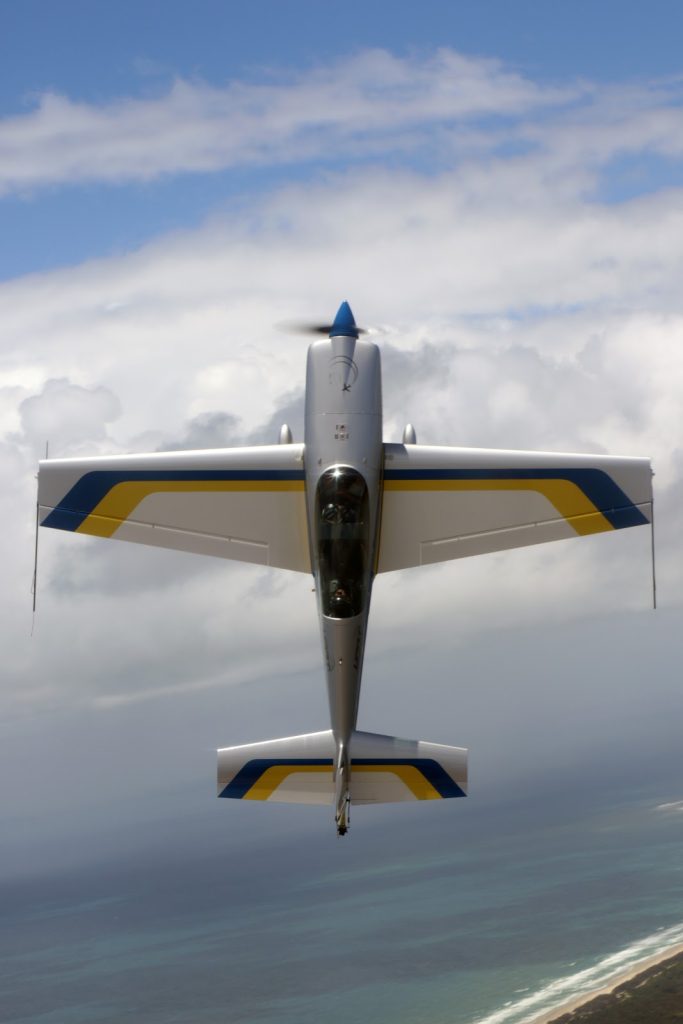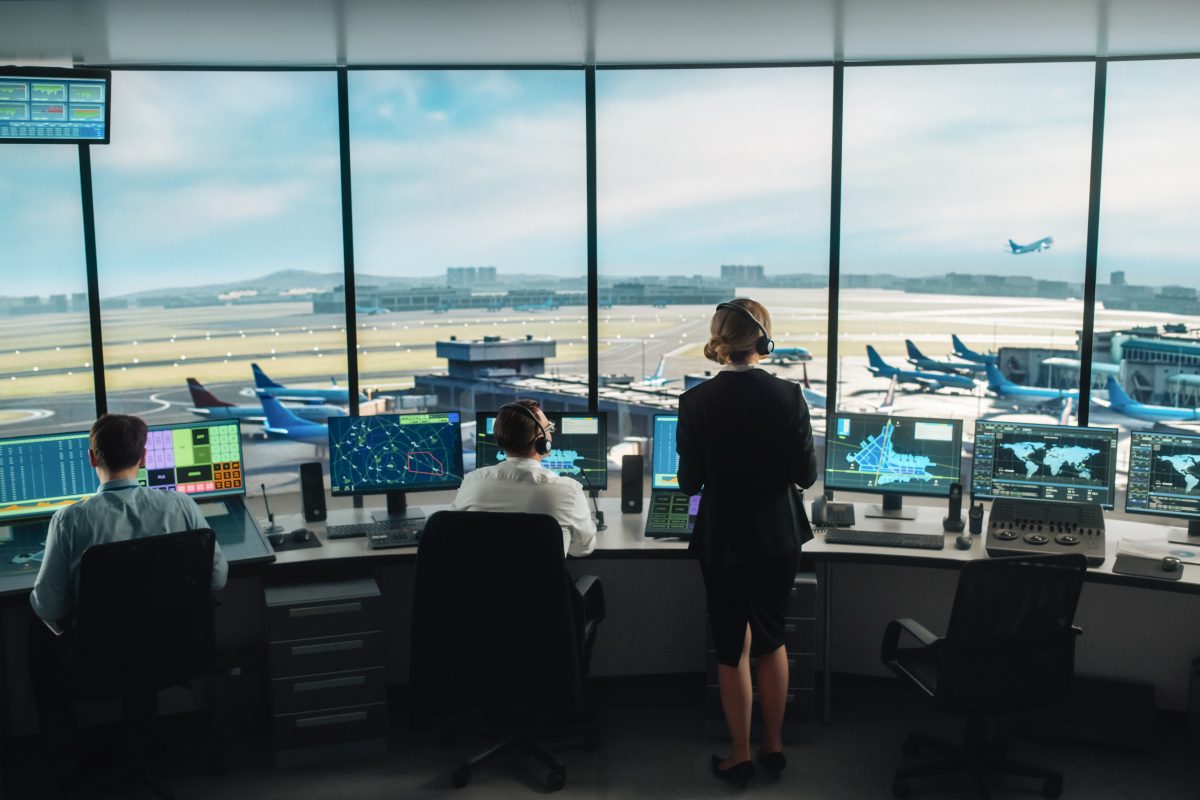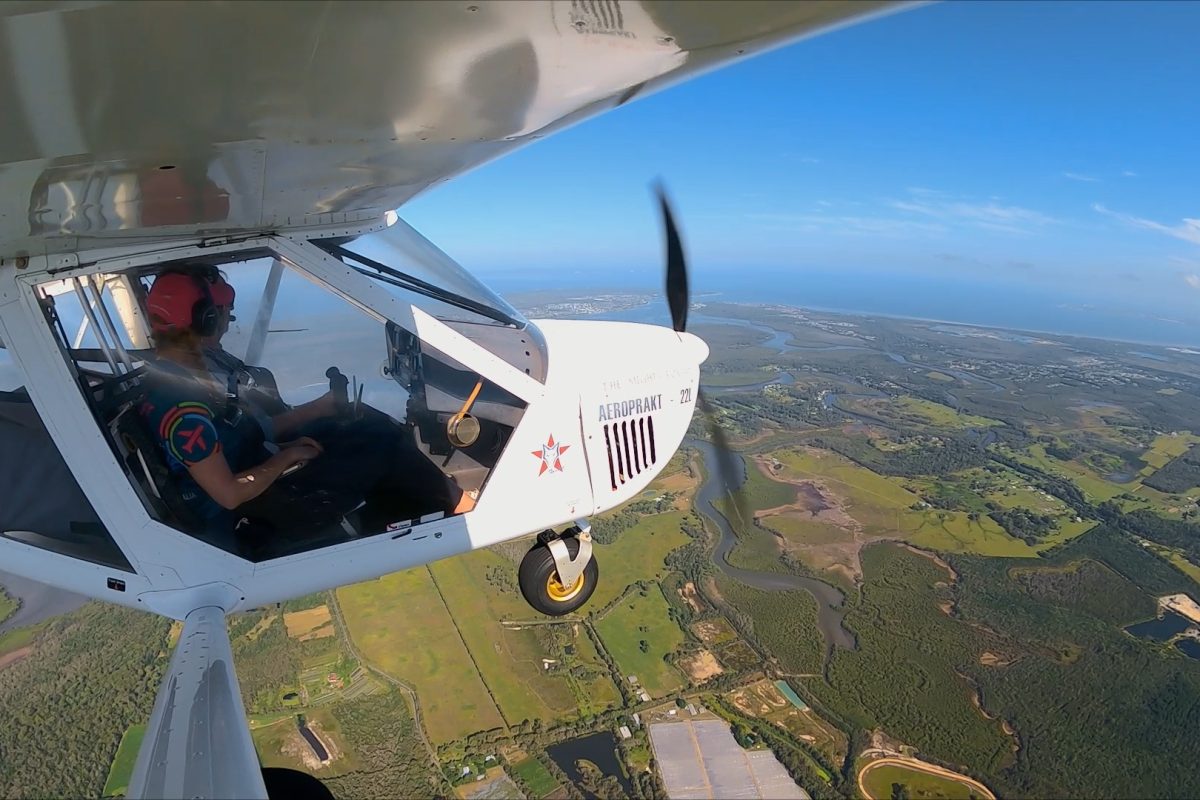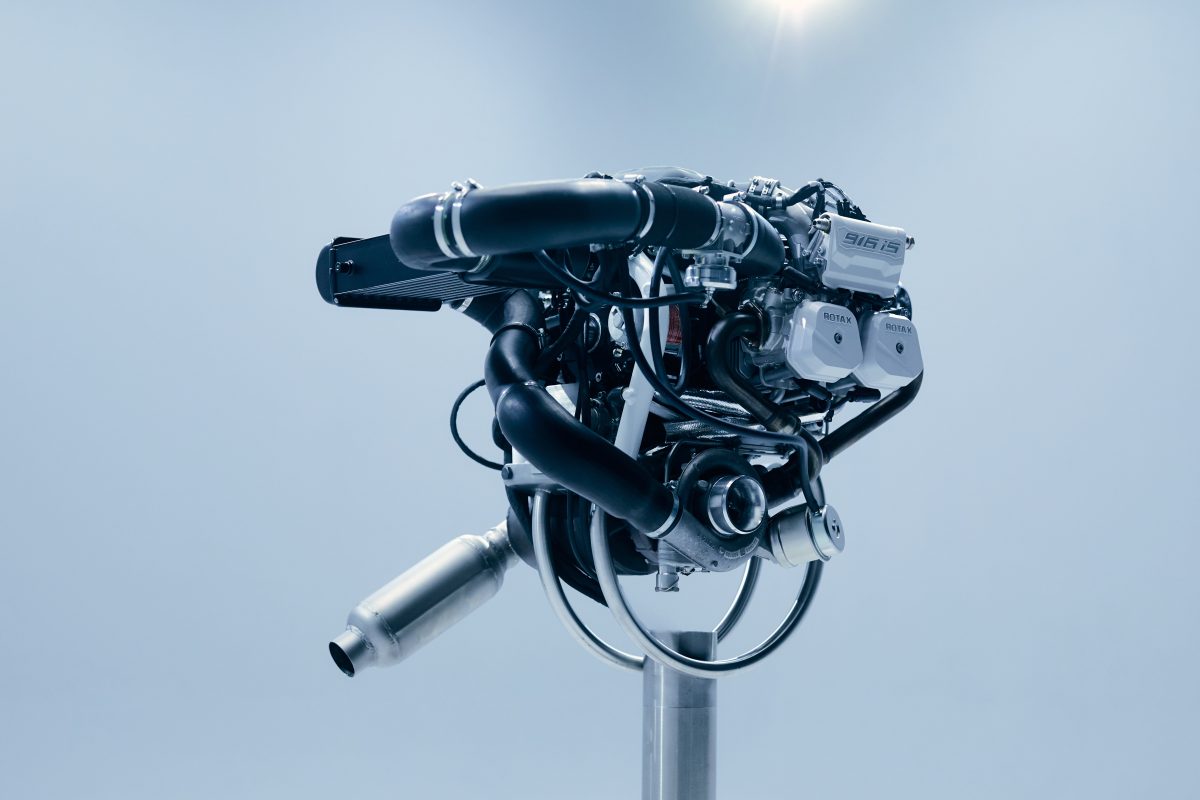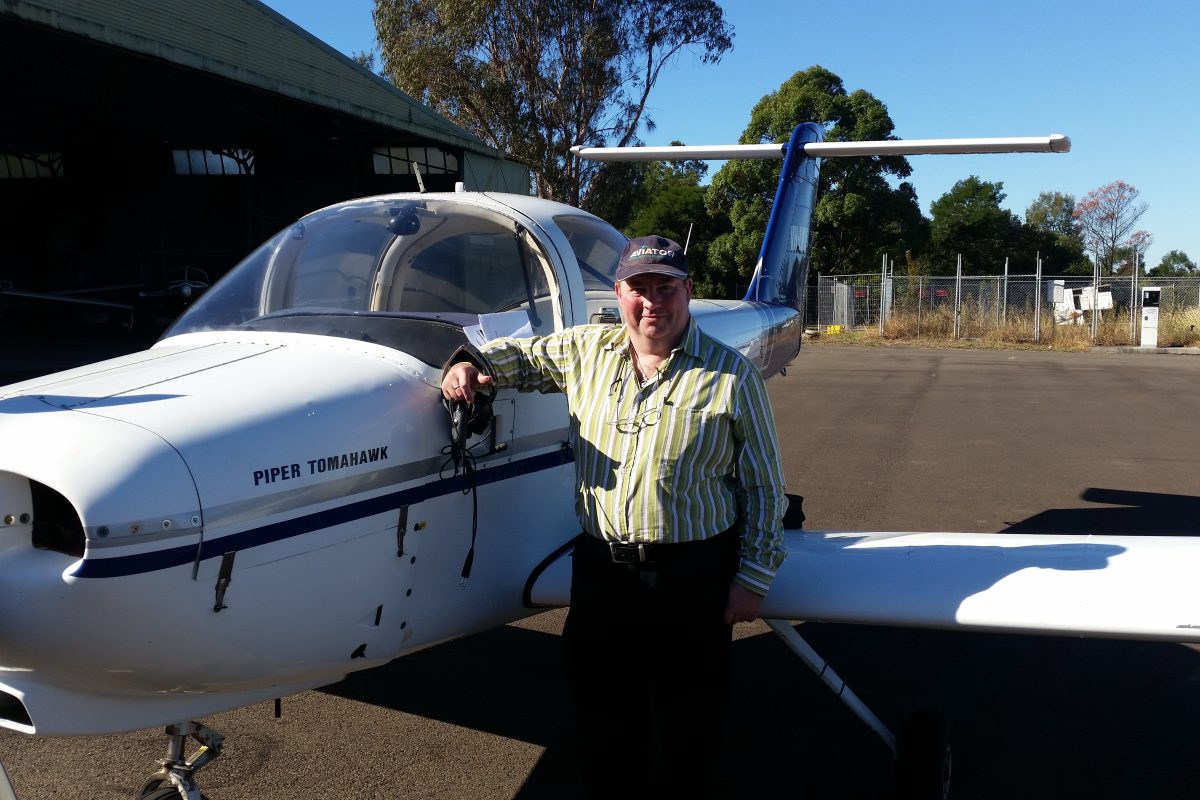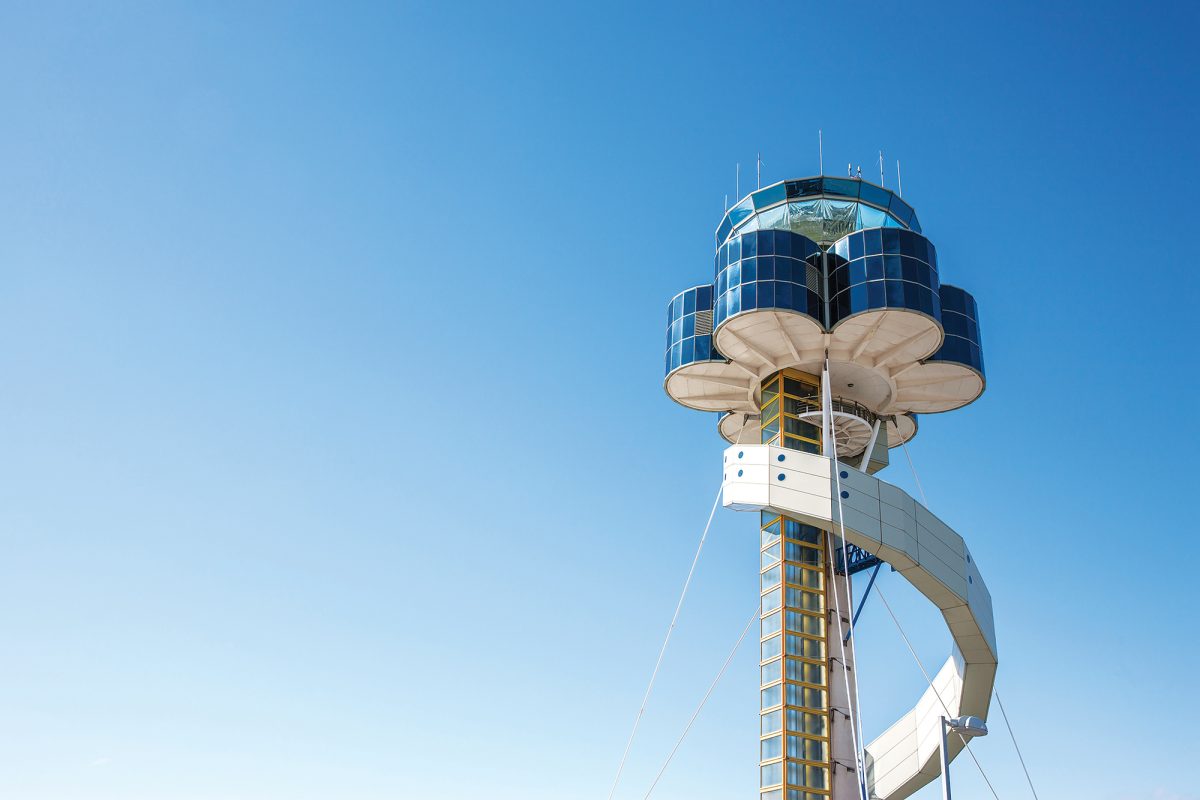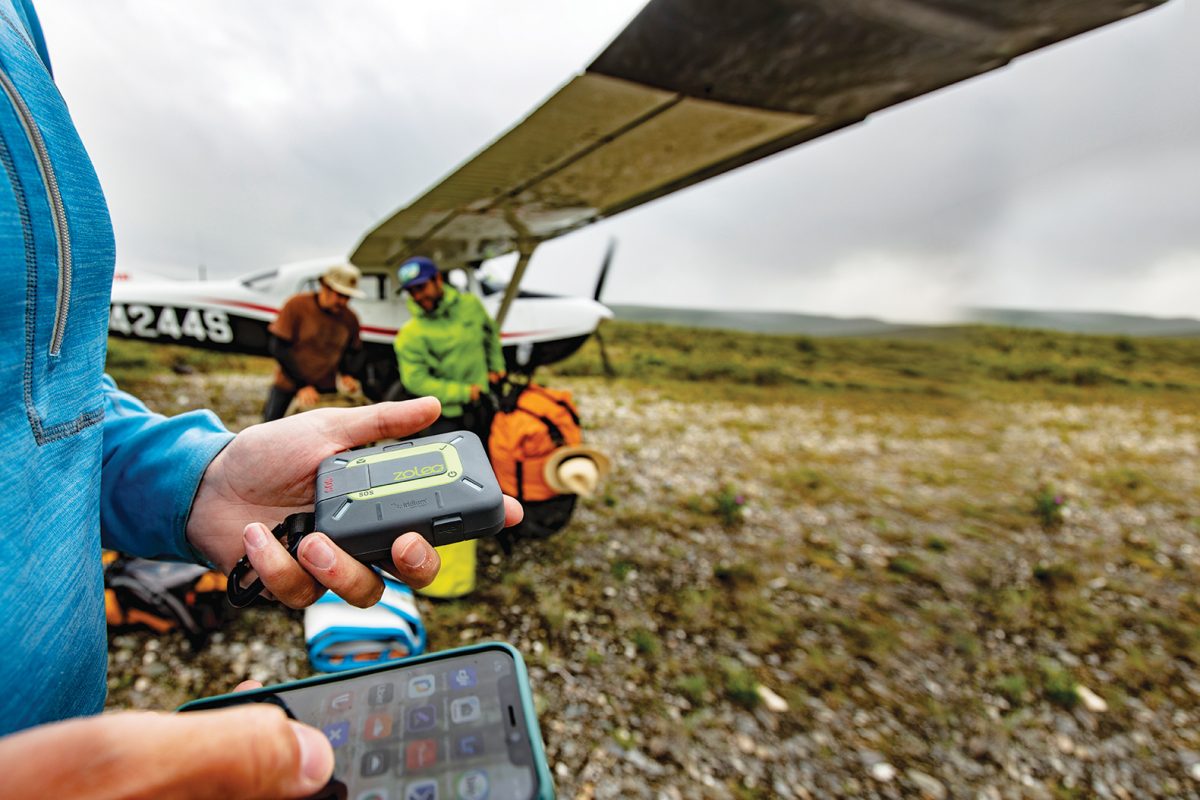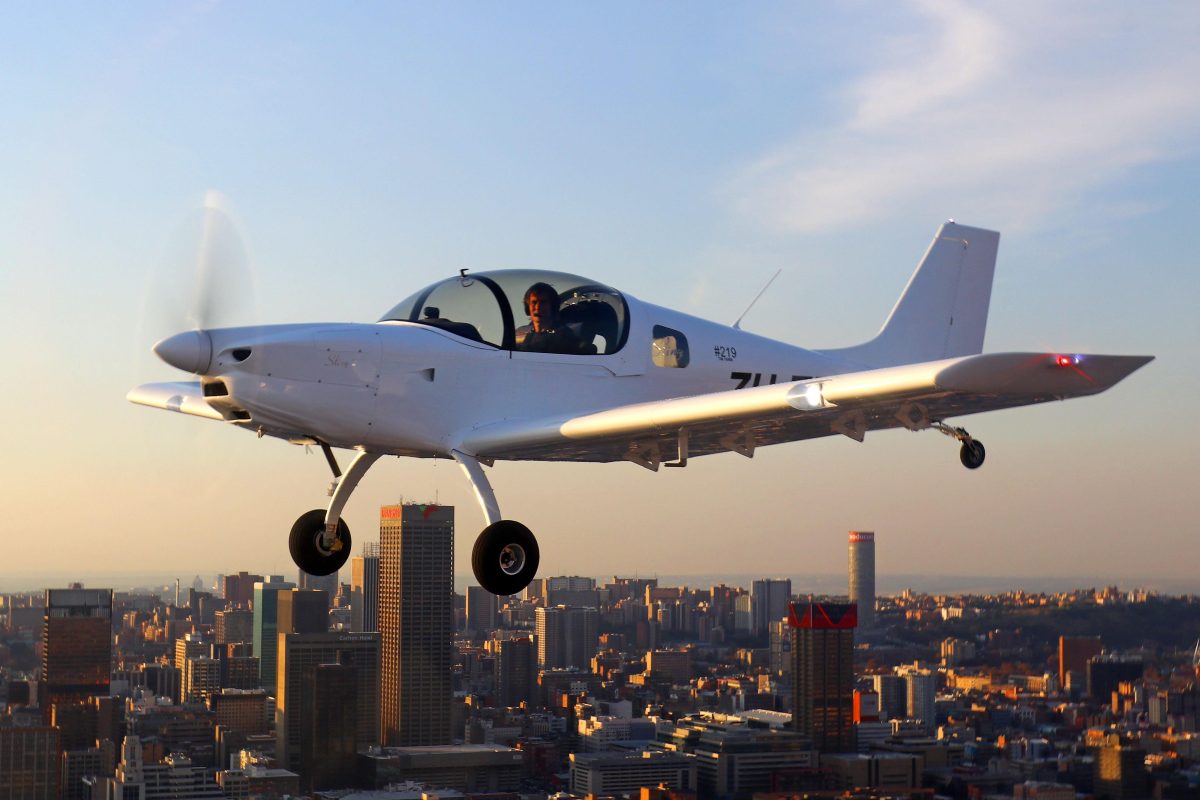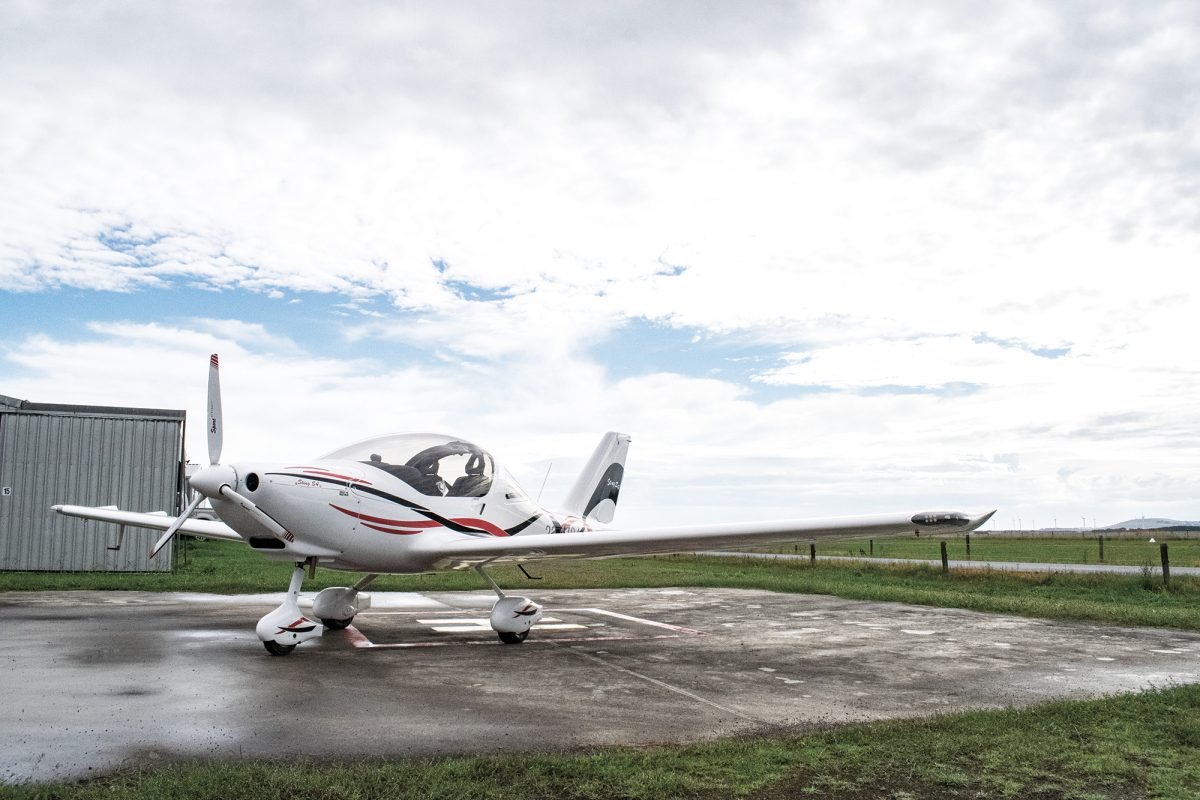We sign up for UPRT Australia’s innovative pilot course
Loss-of-control in flight is, statistically speaking, the most fatal incident a pilot can encounter. Countless investigations have proven that failing to recover from an upset is not a hands-and-feet issue, but a psychological one. So, is it preventable?
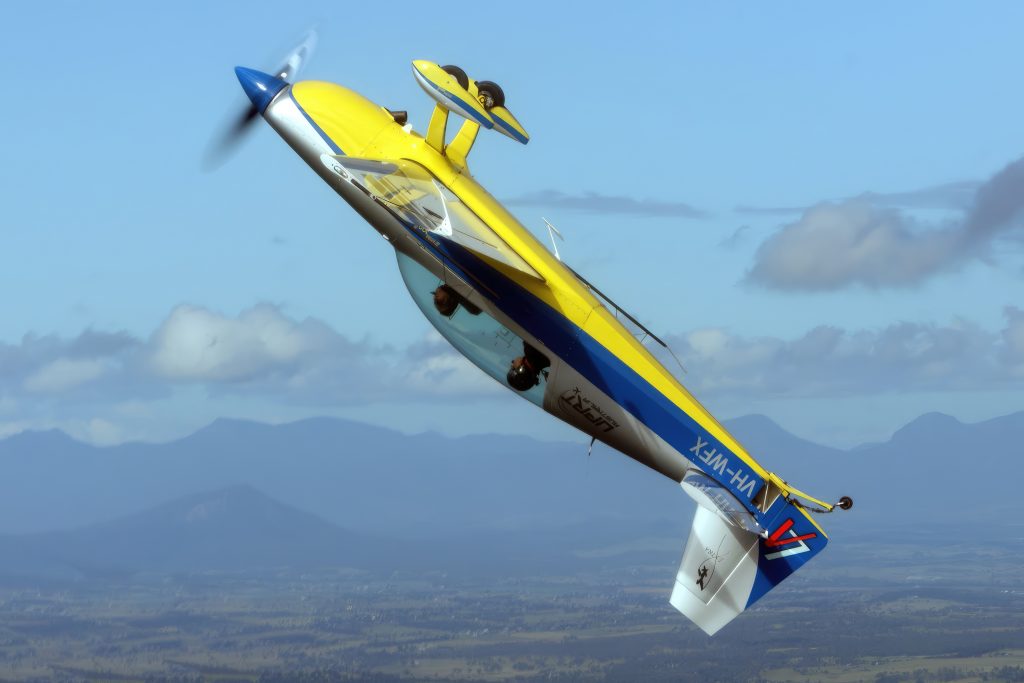
Recently, I was lucky enough to make the journey north and meet with Jeremy Miller from UPRT Australia, an Archerfield, QLD flight training school dedicated to teaching us pilots how to handle the aircraft, and ourselves, in a loss-of-control scenario. While there, I was able to undergo the company’s Upset Prevention and Recovery Training (UPRT) Course, where pilot psychology and startle responses were explained to me in a way I’d never thought about.
If you’ve ever read about a loss-of-control incident, you might’ve assumed it’ll never happen to you – or if it does, you’re ready to handle yourself. I’ll admit I’d had that thought, but this training taught me how misguided that mindset was.
UPRT Australia is the brainchild of Directors Shane Tobin and Jeremy Miller. Together, they created this specialised training syllabus in order to save pilot lives, given loss-of-control incidents are the largest cause of loss of life amongst pilots.
UPRT Australia have been winning awards for this course because of their innovative approach to connecting aviation training with the psychology industry. When Shane and Jeremy realised that it was pilots’ minds causing problems, UPRT Australia was born, pioneering a new benchmark for UPRT courses in Australia.
Psychologists have helped shape and inform the course to safely encapsulate human responses and limitations when things go pear-shaped. That’s the ‘prevention’ focus. The ‘recovery’ focus is about resetting a pilot’s mind so they can get themselves and the aircraft back in order.
I signed-up with UPRT Australia without a great understanding of what all the fuss was about. My instructor was Rob Crass, a 20,000+ hour ex-Qantas pilot who has worked on developing UPRT courses for the commercial aviation world. When he’s not instructing, Rob’s happy place is flying his RV-8 or soon-to-be hangared Pitts Special at his local aerobatic club. It was clear I was in seriously capable hands for this course.
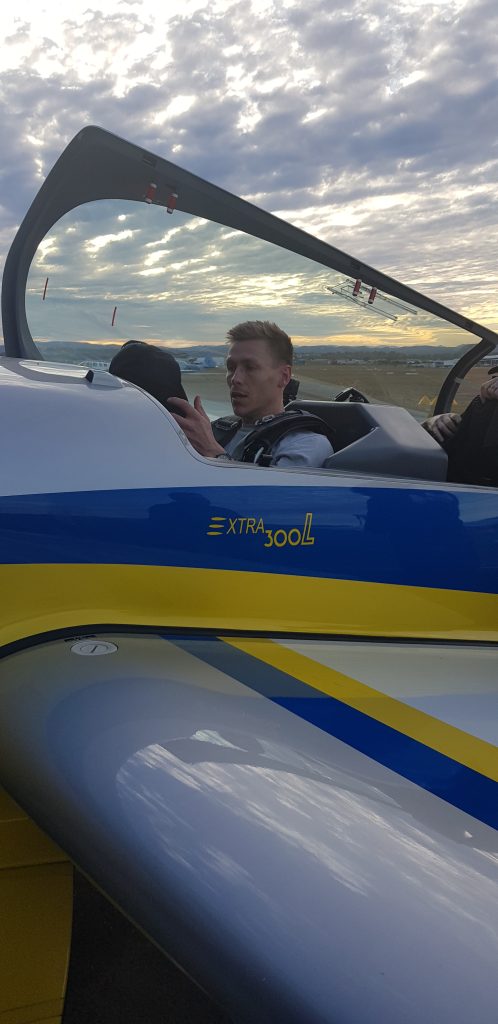
On our very first day of training in UPRT Australia’s Extra 300L, Rob put us into an upset position and unexpectedly said “recover, go”. I wanted to act, but I couldn’trespond to it – my training simply hadn’t covered this. Rob explained to me that the ‘normal flight envelope’ that we train in only covers a fraction of possible aircraft flight characteristics and manoeuvres, so the reality is that I didn’t have sufficient training to handle the situation. One thing was clear to me – if something unexpected occurred to me in flight, I wasn’t as ready as I’d thought.
I asked Rob about some pilots being naturals, but he pulled me up on it. “Pilots are not naturals at UPRT, the correct responses are all unnatural – that’s why the training is so important.”
Fundamental aviation training sets us up to be a safe pilot at an ‘acceptable standard’. But you can’t just jump in a plane and start practicing barrel rolls and hammerheads – there’s more to learn after you get your pilot certificate.
“UPRT is not just about recovering the aircraft, it’s about a pilot knowing how to recover themselves psychologically and then try to recover the aircraft.” Rob tells me. “It means you are more likely to recognise an approaching issue and you can prevent it, but if it does happen, you have recovery skills to lean on.”
Rob told me a story about Neil Williams, an aerobatic pilot in the UK who was rehearsing some aerobatic sequences when he heard a loud bang at +5G and 1,000 feet of altitude. That ‘bang’ was the wing structure falling apart. He must have had seconds to live at 1,000 feet, but Neil knew his aircraft and mindset so well that he realised he could still fly inverted, and he walked away from the landing. A landing! Whilst most pilots would have panicked, Neil had trained himself to stop, breathe, assess and act. That mindset saved his life.
When an unexpected event occurs in flight – outside of the area we’ve trained for – every pilot is going to suffer from startle. The UPRT course explores pilot skills that are a big extension to your basic aviation training. I learned about my own brain-overload limits and performance, and why. The ‘why’ part is what takes this course into so much necessary depth, because you’re involved in every aspect of the training before putting it into practice in a highly capable aerobatic aircraft – in this case, an Extra 300L.
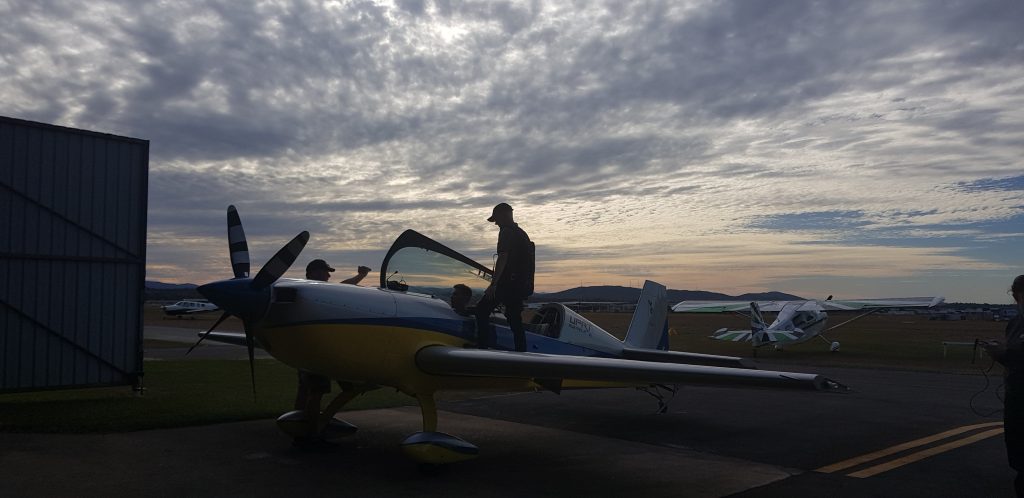
The course included three full days of training, working through a section of theory and then jumping into four flights to put the theory to work. If you’re worried about your stomach, don’t be – the instructors work at your pace, and most of your time is in the classroom.
Jeremy pointed out to me how the aviation industry has struggled to innovate in training, and the need to do so to save more pilot lives. “That’s why Shane and I developed this course – if we want pilots to have these fundamental aviation skills, and we want to reduce the incidental statistics, then we need to change how we’re doing things”.
Right now, Jeremy and Shane are working closely with RAAus and CASA to further integrate UPRT into the fundamental pilot training syllabus. RAAus and CASA are running at this as we speak, there’s an entire syllabus update inbound. Talking with Neil Schaefer, Head of Training and Development at RAAus, the RAAus team are working solidly with consultants and CASA. “By demonstrating the extent of the “normal” operational envelope, students will develop effective recognition of what might be outside the “normal” operating envelope and start to develop tools to effectively manage the aircraft from the first lesson”, Neil explains. “This will create a more effective platform for pilots who wish to undertake further upset prevention and training as part of their progression.”
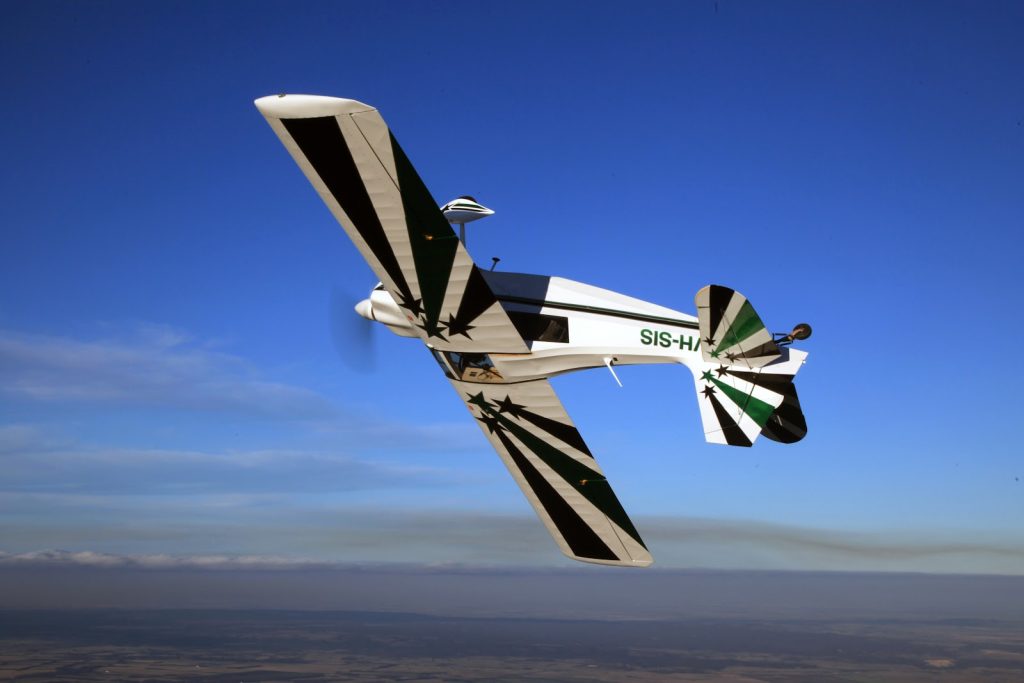
A huge benefit to the course is safely exploring outside the boundaries of usual attitudes. I experienced where the safe flight boundaries were, recognised when I was approaching those boundaries, and experienced how to handle myself, and the aircraft, when something surprises me.
When I completed the course, Jeremy asked what I thought. “UPRT Australia has a new advocate”, I replied. Completing a UPRT course puts you well on your way to becoming a better pilot. Loss-of-control in flight is a killer on the loose amongst pilots, and your best defence is to learn and maintain UPRT skills.
Beyond my fundamental pilot training, my time with UPRT Australia was the most useful and eye-opening training I have ever undertaken. It turns out that taildraggers aren’t what separate the kids from the adults, it’s UPRT and being able to recover yourself back to being the pilot. UPRT skills are perishable and need maintaining like any other pilot skill though, so it’s the sort of thing I’d like to be doing at least as regularly as my BFR.
If you’re thinking about a UPRT course, do it. A high-quality course will make anyone a better pilot. My time during the UPRT Australia course is as memorable as my first solo – that’s how much of an impact it’s had on my flying. I’ll definitely be going back for more.
